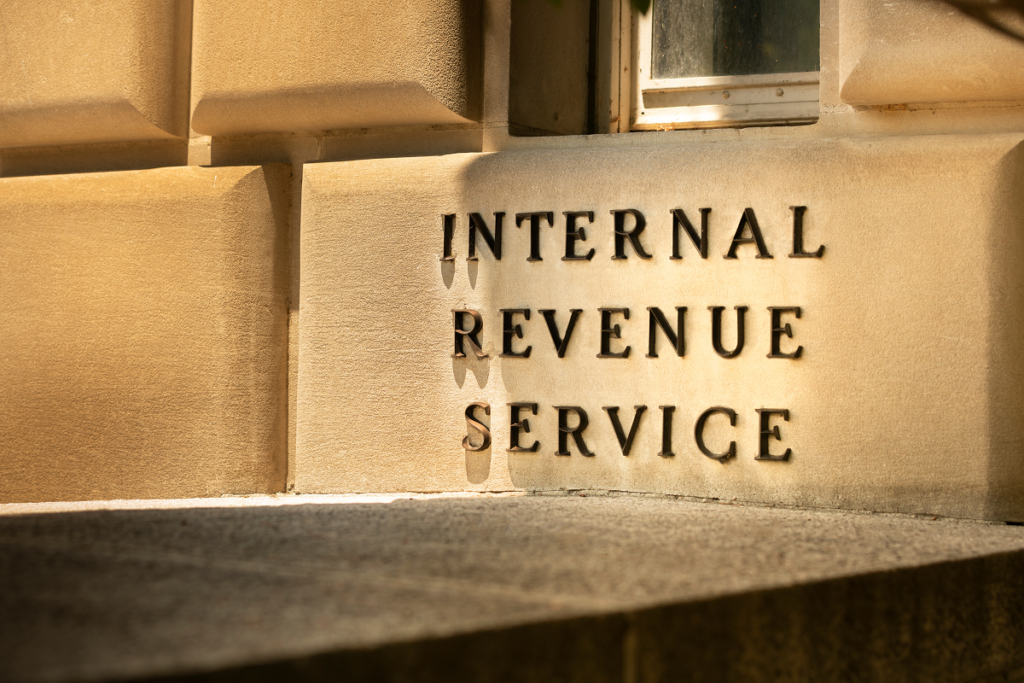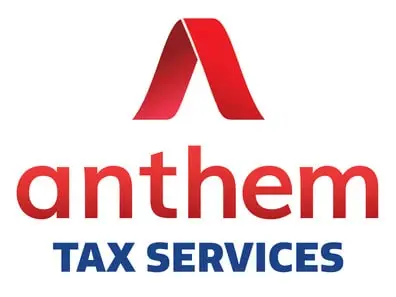
The Internal Revenue Service (IRS) seeks to protect its interest when dealing with taxes against individuals or businesses in tax debt. It can do so by filing a tax lien called the Notice of Federal Tax Lien. This form of claim gives the IRS the legal right to seize your current or future property- whether real estate, physical, or financial assets- as collateral for unpaid taxes. As a taxpayer, especially one behind on payments, it is essential that you know when and how the IRS files a tax lien, its effects, and how to prevent and remove them.
Process Of Filing A Tax Lien
The IRS will not file a tax lien immediately after you fall behind in your payments. There are a few steps it takes, and opportunities it provides to the taxpayer before this happens.
First is the collection process. Where there are unpaid taxes, the IRS places your outstanding balance in the books and assesses your liabilities. You are then sent a bill in the form of a letter- “Notice and Demand for Payment.” It gives notice of the balance you owe, your interest (compounded daily), and the monthly late penalty installments you will have to pay and then demands that you pay in full.
The “Notice and Demand for Payment” is the first notice. In a time frame of ten days, you must pay your outstanding amount and the incurred penalties. However, this might be a difficult task for many taxpayers. With this in mind, the IRS has set out some measures to help such taxpayers- if they contact the IRS explaining their peculiar situation. Some examples include:
- Time Extension: If the IRS believes that you are not financially incapable of settling the debt immediately, it may provide an extension of the collection process deadline.
- Installment Arrangements: You can also apply to have an installment agreement set up between you and the IRS on how much you would pay every month.
Although these measures can be adopted, it is good to keep in mind that they do not take the tax debt away or exempt you from any of the penalties, which means that the interests and late monthly penalties would still apply. They merely give you more time to finalize your debt.
If you do not make the payments within ten days after the “Notice and Demand for Payment” letter, a tax lien will arise. The IRS can file a Notice of Federal Tax Lien, which alerts your creditors that the IRS now claims all your property. As expected, the claim of your stuff would affect your business or you, the taxpayer. Since the tax lien is made known to the creditors, your credit would be changed, making it difficult for you to take out loans or apply for a credit card. Even with the tax lien removed, evidence that there was one will remain on your credit report for about ten years.
Once the Notice of Federal Tax Lien has been filed, the IRS cannot release your property until you pay your tax debt and its associated penalties.
Effects Of A Tax Lien
Apart from your adverse credit report, a tax lien can also affect your assets. As your properties would be under the IRS’s possession, you would not be able to carry out your duties of the owner. The difficulty in selling and refinancing your mortgage may throw you into additional debt- leaving you owing more than just your outstanding tax. The community is also affected by this. That’s because your inability to meet your mortgage requirements might lead to moving into another side of town with affordable housing. Although the IRS has possessed your house, they are not obligated to keep it neat or safe from illicit activities that tend to happen in vacant homes- putting your community at risk.
The process of removing your tax lien is time-consuming and challenging work. As you will see below, a tax lien is removed once you have paid your debt in full. To find the extra money to make amends might involve extra working shifts, overtime, and any other means of earning extra income – which is, in effect, time-consuming. Even if you want to apply to one of the three options, it would not take place immediately and need much paperwork.
Preventing And Removing Tax Liens
You can prevent a tax lien by paying and filing your taxes in full and on time. If this is not possible, you should contact the IRS to make arrangements to settle the debt with time and be committed to these arrangements.
Once they debted tax and all the associated charges are paid in full, the tax lien will be removed. Under some circumstances, it would be beneficial to both the IRS and the taxpayer; the following options are available to reduce the tax lien’s impact, under various Internal Revenue Codes of the IRS:
- Discharge of property: this removes a particular property from the effects of the tax lien
- Subordination: although this does not remove the tax lien, it allows creditors to move ahead of the IRS, making it easier for you to get a mortgage or a loan.
- Withdrawal: under this option, the IRS withdraws the Notice of Federal Tax Lien. By doing so, the IRS is not competing with creditors, but the outstanding balance owed must be paid.
After the outstanding debt is settled, the IRS will issue a Certificate of Lien Release, and the seized property can return to you. If you do not receive your certificate within days after your payment, you can take legal action against the IRS.
As a taxpayer, you should know all the risks involved in delaying payment in your taxes and the processes in case this happens. It would be best if you asked the right questions and put the necessary measures in place to avoid having any problems. To make inquiries, understand the dynamics of a tax lien better, contact us today via email or phone (.
The Internal Revenue Service (IRS) seeks to protect its interest when dealing with taxes against individuals or businesses in tax debt. It can do so by filing a tax lien called the Notice of Federal Tax Lien. This form of claim gives the IRS the legal right to seize your current or future property- whether real estate, physical, or financial assets- as collateral for unpaid taxes. As a taxpayer, especially one behind on payments, it is essential that you know when and how the IRS files a tax lien, its effects, and how to prevent and remove them.
Process Of Filing A Tax Lien
The IRS will not file a tax lien immediately after you fall behind in your payments. There are a few steps it takes, and opportunities it provides to the taxpayer before this happens.
First is the collection process. Where there are unpaid taxes, the IRS places your outstanding balance in the books and assesses your liabilities. You are then sent a bill in the form of a letter- “Notice and Demand for Payment.” It gives notice of the balance you owe, your interest (compounded daily), and the monthly late penalty installments you will have to pay and then demands that you pay in full.
The “Notice and Demand for Payment” is the first notice. In a time frame of ten days, you must pay your outstanding amount and the incurred penalties. However, this might be a difficult task for many taxpayers. With this in mind, the IRS has set out some measures to help such taxpayers- if they contact the IRS explaining their peculiar situation. Some examples include:
- Time Extension: If the IRS believes that you are not financially incapable of settling the debt immediately, it may provide an extension of the collection process deadline.
- Installment Arrangements: You can also apply to have an installment agreement set up between you and the IRS on how much you would pay every month.
Although these measures can be adopted, it is good to keep in mind that they do not take the tax debt away or exempt you from any of the penalties, which means that the interests and late monthly penalties would still apply. They merely give you more time to finalize your debt.
If you do not make the payments within ten days after the “Notice and Demand for Payment” letter, a tax lien will arise. The IRS can file a Notice of Federal Tax Lien, which alerts your creditors that the IRS now claims all your property. As expected, the claim of your stuff would affect your business or you, the taxpayer. Since the tax lien is made known to the creditors, your credit would be changed, making it difficult for you to take out loans or apply for a credit card. Even with the tax lien removed, evidence that there was one will remain on your credit report for about ten years.
Once the Notice of Federal Tax Lien has been filed, the IRS cannot release your property until you pay your tax debt and its associated penalties.
Effects Of A Tax Lien
Apart from your adverse credit report, a tax lien can also affect your assets. As your properties would be under the IRS’s possession, you would not be able to carry out your duties of the owner. The difficulty in selling and refinancing your mortgage may throw you into additional debt- leaving you owing more than just your outstanding tax. The community is also affected by this. That’s because your inability to meet your mortgage requirements might lead to moving into another side of town with affordable housing. Although the IRS has possessed your house, they are not obligated to keep it neat or safe from illicit activities that tend to happen in vacant homes- putting your community at risk.
The process of removing your tax lien is time-consuming and challenging work. As you will see below, a tax lien is removed once you have paid your debt in full. To find the extra money to make amends might involve extra working shifts, overtime, and any other means of earning extra income – which is, in effect, time-consuming. Even if you want to apply to one of the three options, it would not take place immediately and need much paperwork.
Preventing And Removing Tax Liens
You can prevent a tax lien by paying and filing your taxes in full and on time. If this is not possible, you should contact the IRS to make arrangements to settle the debt with time and be committed to these arrangements.
Once they debted tax and all the associated charges are paid in full, the tax lien will be removed. Under some circumstances, it would be beneficial to both the IRS and the taxpayer; the following options are available to reduce the tax lien’s impact, under various Internal Revenue Codes of the IRS:
- Discharge of property: this removes a particular property from the effects of the tax lien
- Subordination: although this does not remove the tax lien, it allows creditors to move ahead of the IRS, making it easier for you to get a mortgage or a loan.
- Withdrawal: under this option, the IRS withdraws the Notice of Federal Tax Lien. By doing so, the IRS is not competing with creditors, but the outstanding balance owed must be paid.
After the outstanding debt is settled, the IRS will issue a Certificate of Lien Release, and the seized property can return to you. If you do not receive your certificate within days after your payment, you can take legal action against the IRS.
As a taxpayer, you should know all the risks involved in delaying payment in your taxes and the processes in case this happens. It would be best if you asked the right questions and put the necessary measures in place to avoid having any problems. To make inquiries, understand the dynamics of a tax lien better, contact us today via email or phone (.


